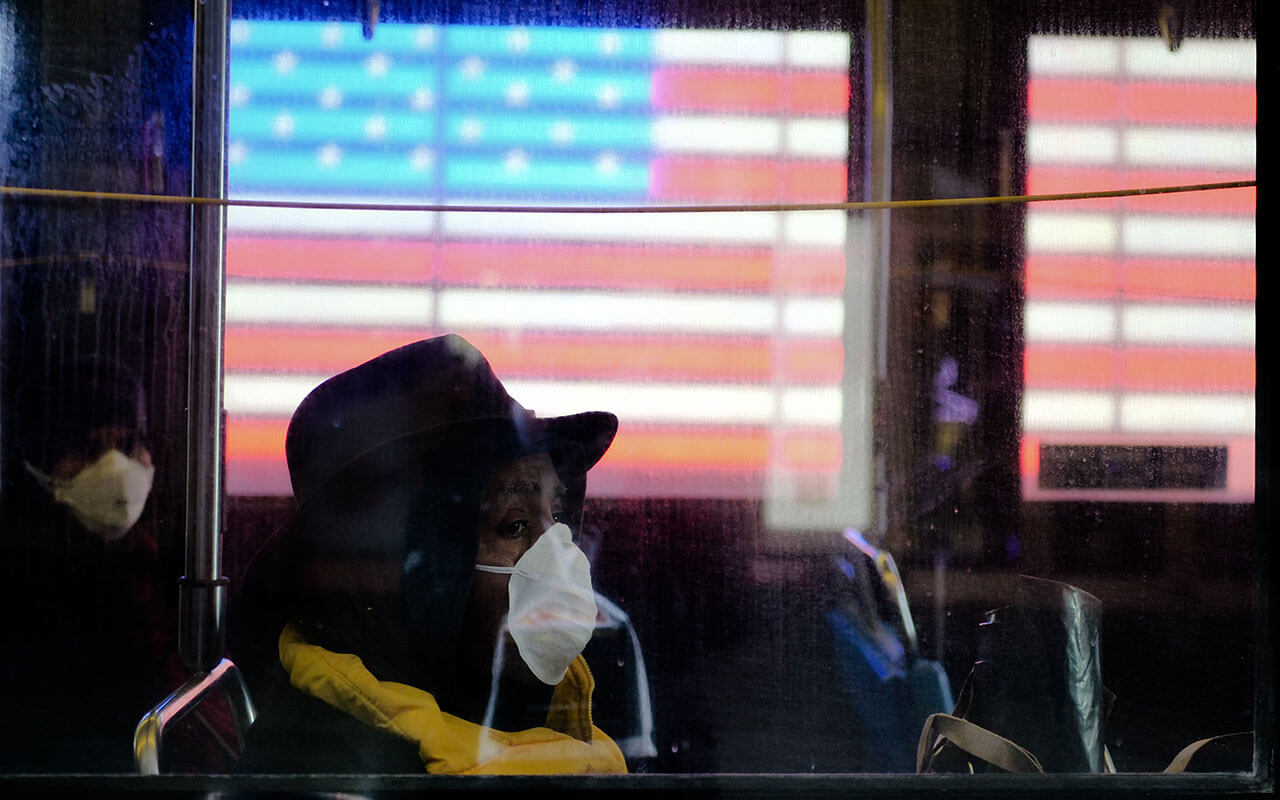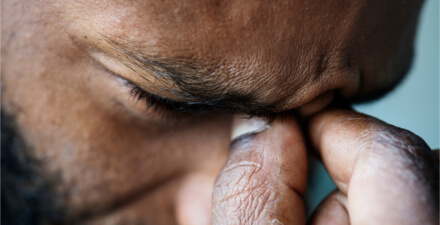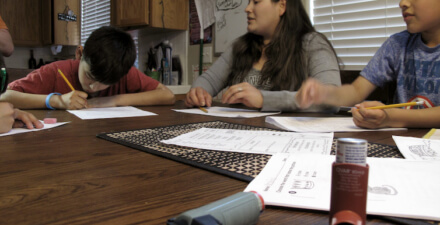New congressional reports underscore structural inequalities driving U.S. racial disparities in coronavirus infections and COVID-19 deaths

Two recently released reports by the Joint Economic Committee and the Democratic Policy and Communications Committee echo the disturbing media reports that Americans of color, particularly African Americans, are disproportionately contracting and dying of COVID-19, the disease spread by the new coronavirus. As the reports make clear, these racial disparities are driven by the longstanding structural economic and racial inequalities in the United States, and if action is not taken, both the virus and the economic recession it has triggered will only further exacerbate these structural inequalities.
Not all states and localities are making available coronavirus data disaggregated by race, but among those that are, there is a pattern of both positive COVID-19 cases and deaths disproportionately impacting African Americans in particular. In Washington, D.C., 46 percent of the city’s population is black, but black people have accounted for more than 75 percent of the deaths from COVID-19. Or consider Wisconsin, where only 6 percent of the population is black but African Americans make up 25 percent of the confirmed cases and 39 percent of deaths. In Louisiana and Chicago, where black people make up around one-third of the population, approximately 70 percent of people who have died from COVID-19 have been black.
Data on how native Americans are becoming infected and dying has been scarce—a longstanding issue of native people made invisible by data gaps—but what data there are suggest that they, too, are disproportionately suffering from COVID-19, as the Joint Economic Committee’s report notes:
In New Mexico, Native Americans make up 37% of those confirmed with coronavirus; in 2019, the Census Bureau estimates show only 11% of the state’s population identifies as Native American. In Arizona, 16% of those who have died from COVID-19 are Native Americans, while only 4.6% of the state’s population identifies as American Indian or Alaska Native.
There are several reasons why communities of color, and African American communities in particular, are being hit so hard by the coronavirus pandemic. All of them reflect pre-existing and longstanding racial and economic inequalities in the United States.
One reason is that occupational segregation means that African American and Latinx workers are disproportionately represented in low-wage occupations that can’t be done remotely and are now on the front lines of essential work. They have to continue to show up to work even though it means exposing themselves—and the families they return to after their shifts end—to possible infection by the coronavirus. Despite the risk that this greater exposure creates, these workers are less likely to have paid leave or health insurance to help cope with the consequences if they do contract COVID-19.
The Joint Economic Committee report highlights that among workers at the bottom of the income distribution, where workers of color are disproportionately likely to be concentrated, less than one-third of workers have access to paid leave. This compares to 94 percent of those in the top 10 percent of the income distribution with paid leave. Other research also finds that access to benefits, including paid leave and health insurance, also differs by race, with white workers more likely to have access to them than African American or Latinx workers.
This lack of paid leave is especially concerning during a global health pandemic because people without paid leave will continue to come into work despite being sick if they can’t go without a paycheck. An Equitable Growth analysis of paid medical leave found a significant reduction in the general flu rate after local and state laws mandated sick leave.
Another reason is that black Americans are more likely to suffer from pre-existing health conditions, such as hypertension, heart disease, and asthma, which increase the chances of complications from COVID-19. In part, these higher rates of co-morbidities are due to their greater likelihood of living in poverty, as lower socioeconomic status is associated with worse health outcomes. Yet prior research has already made clear that income alone cannot explain racial disparities in health outcomes. Just one case in point: In a column for Equitable Growth when he was a dissertation scholar, Joint Economic Committee Senior Policy Analyst Kyle Moore shared his research into how greater exposure to discrimination increases stress levels for African Americans and, in turn, worsens their health outcomes.
Another column for Equitable Growth by Darrick Hamilton of The Ohio State University’s Kirwan Center explores how higher income does not have the same protective effects for black Americans as it does for white Americans. His work highlights research that finds that infant mortality actually increases with higher education levels for black women, rather than decreasing, as it does for white women—a paradoxical finding that Hamilton says illustrates the toll that “John Henryism,” or the need to overcompensate and outperform in a racist culture, takes.
The Joint Economic Committee report also discusses how residential segregation across income and race and ethnicity means that low-income workers and workers of color are more likely to live in neighborhoods with crowded, poor-quality housing. This can clearly be seen in the geographic concentration of coronavirus cases in New York City, the epicenter of coronavirus cases in the United States, where cases are concentrated in the boroughs of Queens and Brooklyn, while Manhattan south of Harlem has few.
Not only are black Americans experiencing the worst health consequences from coronavirus, but they are also likely to suffer the worst economic consequences from the economic shutdown and recession it has triggered. Even during the best of labor market conditions, the black unemployment rate is consistently twice as high as the white unemployment rate, and black workers are disproportionately impacted by layoff decisions even when controlling for experience.
As the research clearly shows, it is structural racial and economic inequalities that are to blame for the exceptionally high impact of the coronavirus pandemic on the health and well-being of African Americans. It also is clear that without structural solutions centered around racial and economic equity, the coronavirus pandemic and the recession it has triggered will only further exacerbate existing inequalities.







